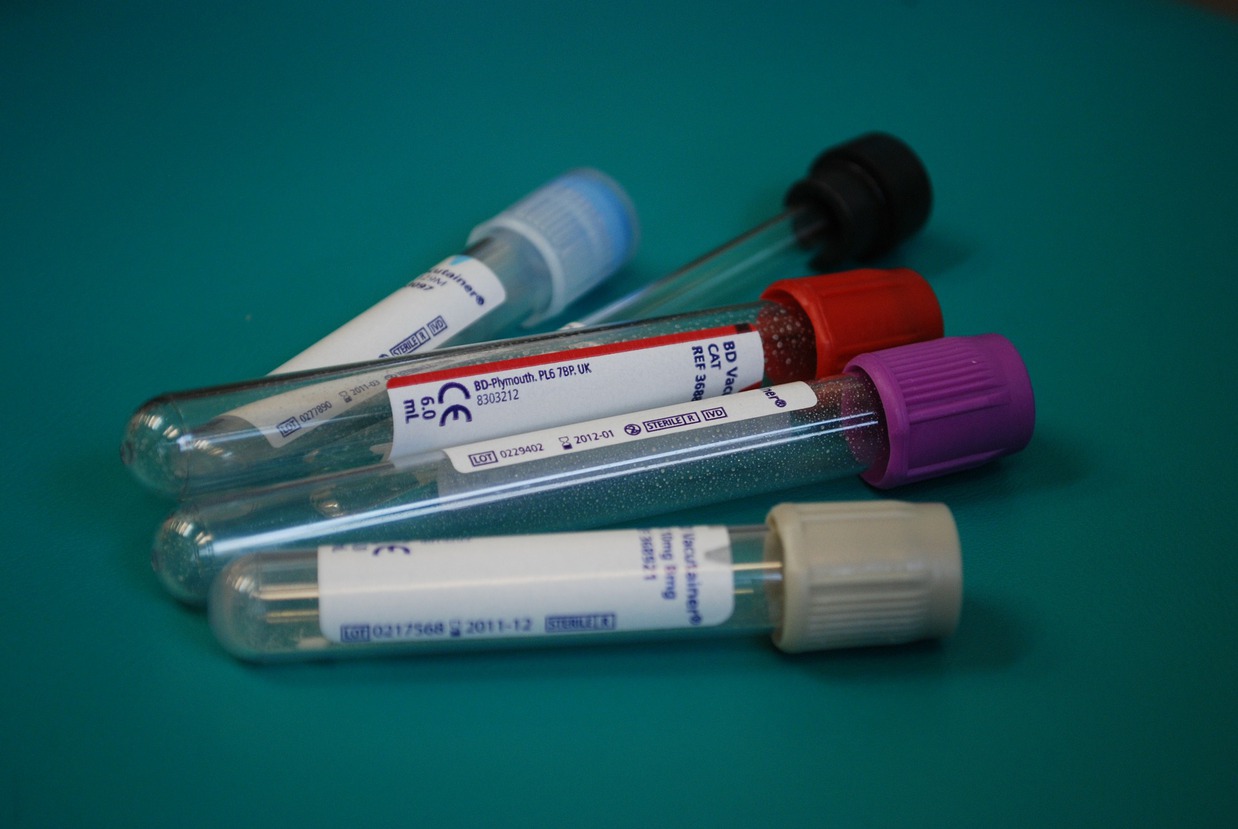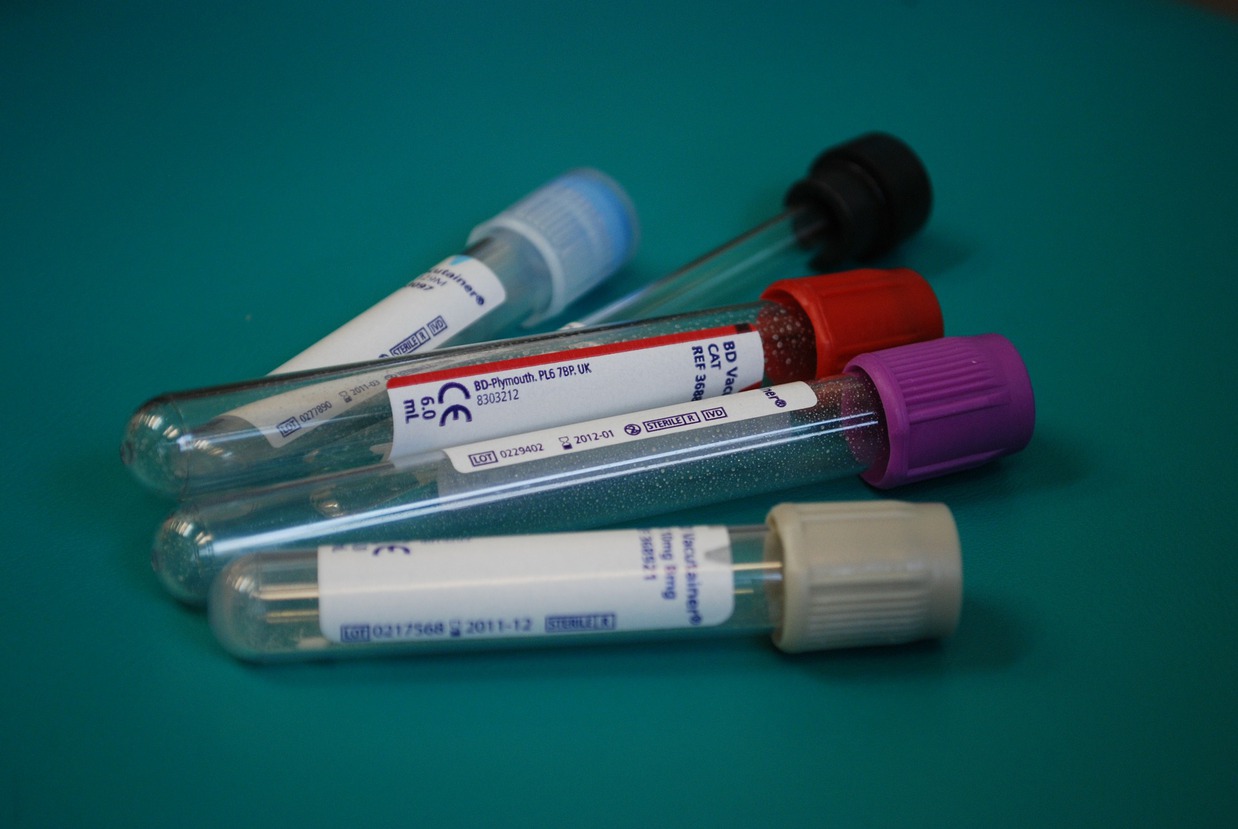
- Posted
- Categories
-
- OpenPathology
OpenPathology: Issues with reference ranges — Part 1
As the OpenPathology project has progressed, we have started to build measures to describe variation between practices, and groups of practices.
While comparing rates of requests per head of population can be used as a simple measure of possible over- or under-use of tests compared to other practices, it doesn’t take into account the general health needs of the population, so it can be difficult to rule out warranted variation. Therefore, comparing variation in rates of abnormal results is another useful measure to consider.




